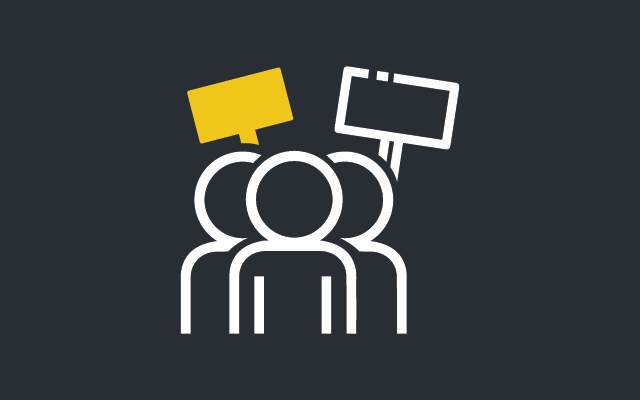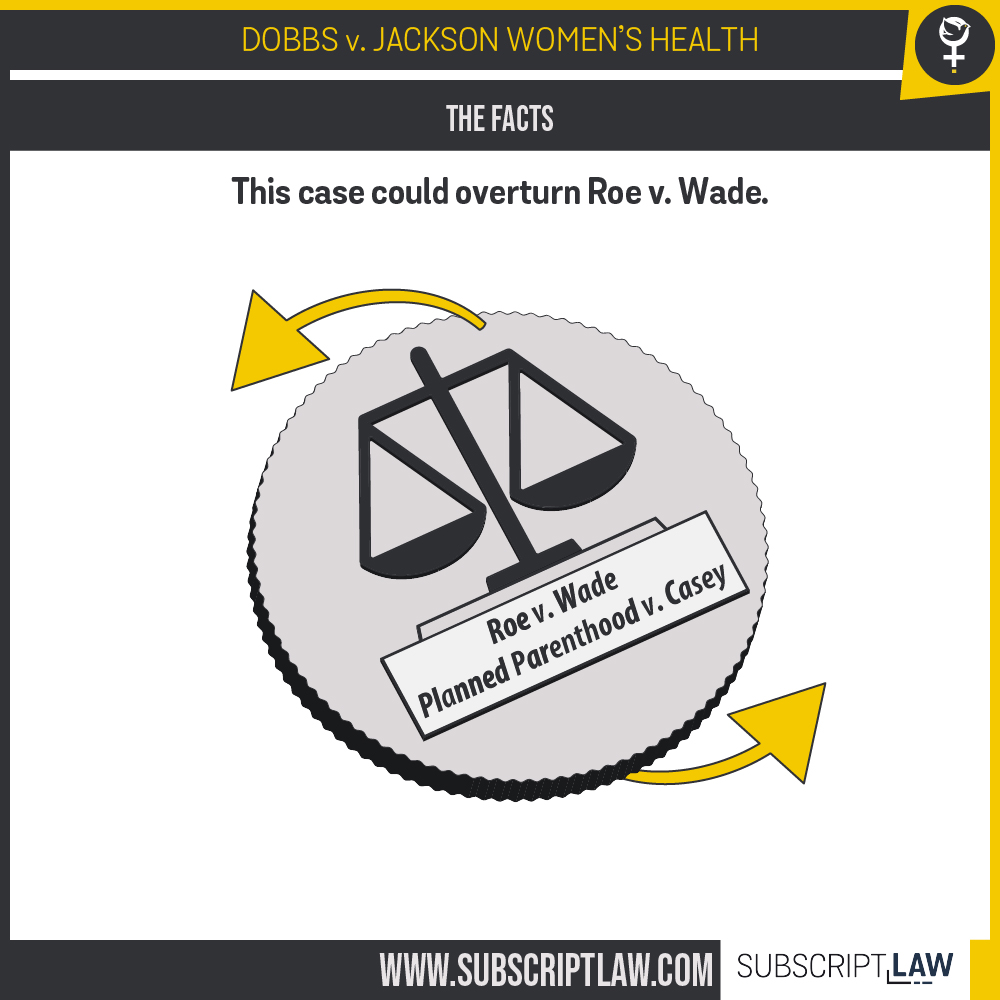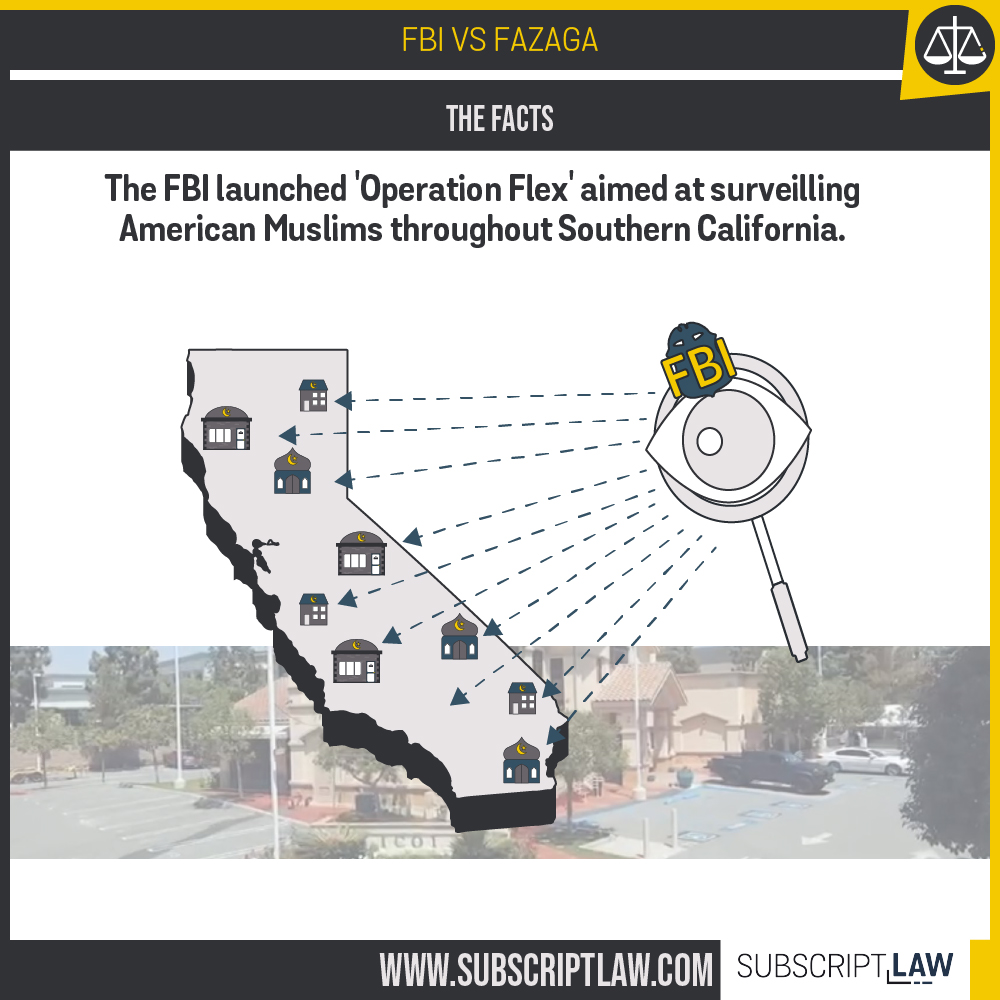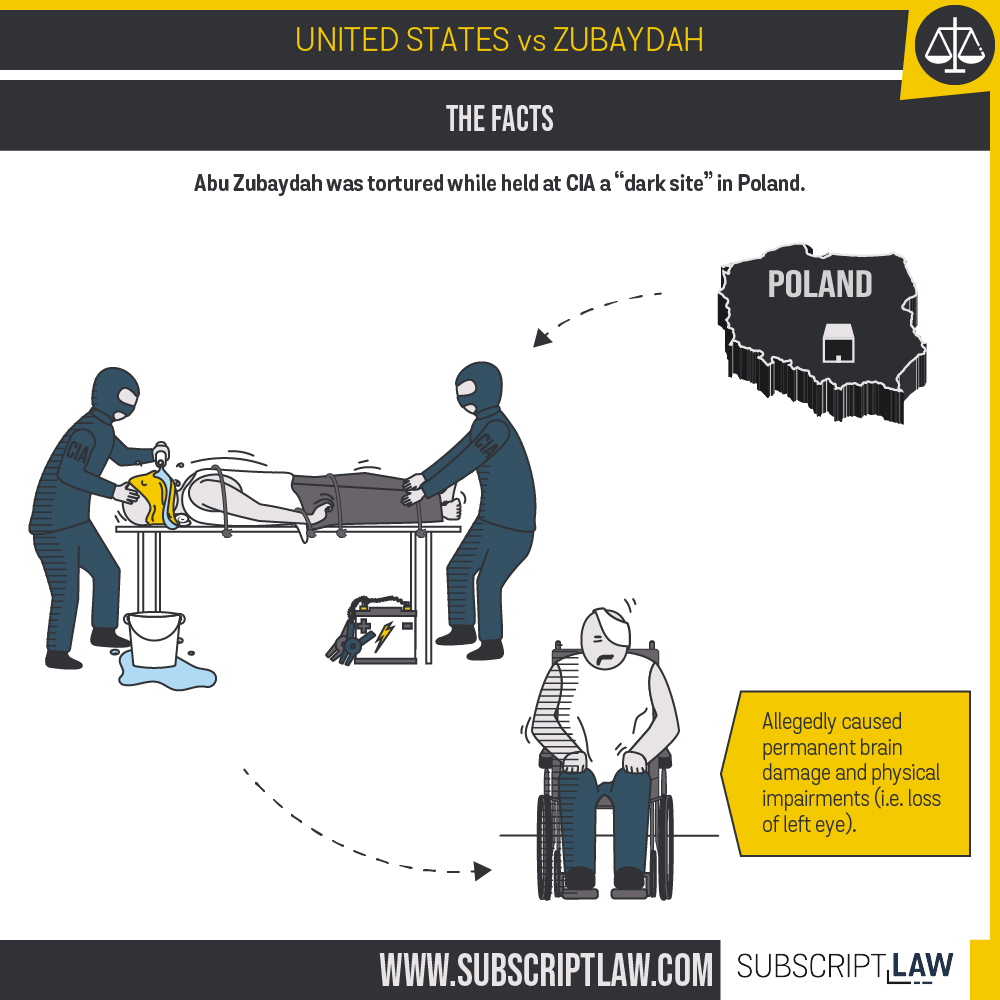
America’s story of workers’ rights and contrasting views of liberty
In American history, public opinion has gone both ways on the question of how best to encourage liberty for individuals and for businesses. Today, the issue as it relates to labor regulation is a major one that divides our country.
This report takes a look at the labor issues in American history, from the issues that brought about the first labor unions, to today, somewhere in the slump of decreased labor union power.
Emergence of Wage-Labor
Before people sold their labor to make money, they sold the products they made by working for themselves. For example, an artisan sold her craft; not her time. But in the early years of American history (the second half of the 1700’s), wage-labor emerged in the artisan trades. With wage-labor, the products created by labor are owned by someone else – not the worker. The laborers came to sacrifice their time and liberties to the conditions of the production owner.
The question thus became: When a person sells her labor, to what extent is she doing so “freely”? Worker protests and labor unions came about because workers felt business interests were getting unfair control. Labor unions arose to challenge the disparate bargaining power between employers and employees.
The first recorded worker strike was in 1768: tailors protesting a wage reduction. From then, artisans in various trades began publishing prices for their services and defending – together – their crafts against other cheap labor substitutes. That was the start of trade unions.
By the mid-1800’s, local trade unions had begun organizing with their counterparts from across the nation and Canada, a consistency which gave them more pull. Industrial workers – those we may view today as a prototypical labor union member – weren’t involved just yet.
A separate but connected socialist movement
Labor organization turned into a larger movement with the contribution of philosophical ideals about labor value and “just” societal functioning. Northern states’ industrial take-off after the Civil War seemed (to some), to be creating two classes of people: the rich and the poor. Groups advocating equality, considered socialist rights groups, emerged to advocate for larger scale changes, rather than specific trade-focused immediate goals. The most well-known of these groups was called the Knights of Labor.
The Knights of Labor and similar reform-minded groups worked alongside trade unions but the Knights of Labor ended up attracting many workers with more trade-union-type goals (better working conditions in the short term). It was around this time and through this connection that the first Labor Day occurred.
The first Labor Day, a strike
A massive worker strike would become the first Labor Day. The Knights of Labor and the Central Labor Union, a large trade union in the New York City area, organized 10,000 workers to march through New York City on September 5, 1882. Their demands: shorter hours, higher pay, safer working conditions and a yearly day off. As Jacobin reports, the slogan on their protesting banners was: “Eight hours for work, eight hours for rest, and eight hours for what we will.” The day was not recognized as a holiday, and the protesters sacrificed the day’s pay to participate.
The Knights of Labor had been seen by trade unions as intruding into the unions’ space by organizing along industrial lines. Within a few years, in 1886, the trade unions united to form the AFL, American Federation of Labor. With industrialism taking control of a large portion of wage-work in the country, the appeal of trade union methods became clear: organizing along trade lines for job-specific goals.
Recognizing Labor Day
By 1885-86, several American cities had recognized Labor Day as a holiday, and in 1887, Oregon became the first state to recognize the day.
It wasn’t until 1894 that the federal government jumped on the bandwagon. Its recognition of Labor Day was more an attempt to control worker protests than to credit the workers.
In 1894, a mass railway worker strike had caused a major transportation blockage. The federal government had to call on the National Guard to help. Workers were refusing to pull any trains with cars branded by the Pullman rail company because Pullman had ordered pay cuts. The railway blockage threatened Post Office operations, and turned violent when the government tried to control it.
Days after the strike ended, President Grover Cleveland declared Labor Day a national holiday to try to relieve the anger of the working class. He also hoped to distinguish the day from May Day, a workers’ rights annual day which ten years earlier had turned into a major and violent labor protest in the Chicago area.
A Supreme Court setback that marked an era
In 1905, the Supreme Court made a decision that would mark an era of hostility on regulations attempting to protect workers. In Lockner v. New York, the state of New York had passed a law to limit the working hours of bakers. According to the law, bakers could not work more than 60 hours per week or 10 hours per day. Lockner, an employer, was fined for breaking the rule. He challenged that the regulation violated his (and the employees’) rights to liberty – to contract for what they wished. The Supreme Court bought it, and continued to buy the argument as it related to business regulations, up through 1937 when it was effectively overturned.
As you would know from the plethora of employment regulations that exists today, it’s not anymore considered an indispensable part of American liberty to be able to set employment terms at the sacrifice of the health and welfare of workers. The next period marked a major turn.
The Great Depression and New Deal Legislation
October 1929 brought two days of unprecedented sales of stocks and marked the beginning of the Great Depression. Over the course of the next decade, the country would face the harshest economic conditions it had ever seen. By 1932 industrial output was cut in half and about a fourth of the labor workforce was unemployed.
President Roosevelt stepped into office in 1931 and rallied the country. His vision to ameliorate the country’s status involved an unprecedented set of regulations aimed to restore the banking system and promote employment. Banks and stock markets would be regulated; so would the railroads; and social programs were established to help people out financially.
In addition to establishing retirement benefits and setting employment standards, Roosevelt established a program offering jobs to many Americans. The Works Progress Administration was established in 1935 offering public works jobs and projects in the arts. Over the course of eight years, the program employed 8.5 million Americans, including tens of thousands of actors, musicians and other artists. The reputable painter Jackson Pollock worked in one of the more well known programs, called “Federal One.” The project gave artists opportunities to work while inspiring the nation with their art. Pollock worked on murals and painting easels between 1938 and 1942.
After Roosevelt’s aggressive agenda had made a positive dent in the country’s fiscal state, the Supreme Court finally came around to accepting business regulations.
In 1937, the Supreme Court finally upheld a regulation on employment contracts in West Coast Hotel Co v. Parrish. The state of Washington had set a minimum wage ($14.50/week for 48 hours) that a hotel company disregarded when it compensated an employee, Elsie Parrish. Parrish had sued for the difference.
In supporting Parrish, the Court’s opinion distinguished liberty from freedom of contract. The Constitution protects against the deprivation of liberty, but the protection is not “absolute and uncontrollable.” Laws must protect “against the evils which menace the health, safety, morals, and welfare of the people.” Thus, the liberty of contracting is subject to restrictive safeguards, as long as those safeguards are not arbitrary.
Height of Union Power
The aggressive business regulation of the New Deal is responsible for many of the employee-assistance policies of today, and in its wake labor unions’ power would be at its height. More employment benefits came in the next several decades at the close of World War II and in the Civil Rights movement. During World War II, the economy had taken such a lift that there came to be a labor shortage. The government capped wages, and employers responded by providing health benefits to attract good employees. In 1943, the government allowed employee health benefits to avoid income tax, which helped the employer-sponsored benefits take off.
Unions played an instrumental part in the civil rights movement. Both movements sought equality and better pay, and many union organizers saw African American rights as an essential part of the unions’ battles for economic prosperity. The steel and auto industry segments of the AFL-CIO, for example, pledged their support to the civil rights movement early, even though some of the industries the AFL-CIO represented were hostile to the movement.
Unions represented one-third of American workers at the time, which gave the unions a lot of power to influence policy. The civil rights movement culminated in important pieces of legislation (the Civil Rights Act, the Voting Rights Act, and the Fair Housing Act) which are still critical in ensuring equality and employment rights today.
Decline in union power
In 1981, President Ronald Reagan refused to succumb to the pressure of a union strike, and it set off a major decline in union power still showing effects today. PATCO, the labor union covering federal air traffic controllers took to a strike, in which nearly 13,000 workers refused to work until their demands for better pay and shorter hours were met.
Reagan said, no thanks. We aren’t worried, and threatened to fire any of the workers who refused to return to work within two days. And he followed through. Enough workers returned to their stations so that 80% of flights could operate. The failed strike marked a recognition in business owners that they could take a hardline against strikes, and strikes lost most of their effectiveness as a tool for labor demands. By 2010, striking workers were only 2% of the number they were at the time Reagan defeated PATCO.
Today
The conservative majority on the Supreme Court today is continuing to bust union power and employee rights. The Court ruled against union and collective bargaining rights in two 5-4 decisions of the recent term (2017-2018):
Janus v. AFSCME: An Illinois worker wanted to opt out of paying collective bargaining fees for the union covering his sector. He argued that being required to contribute to the union “compelled” him to make political speech contrary to his views. The Court supported the worker’s argument that the First Amendment would not allow the imposed union fees. In doing so, the Court overturned a major 1977 precedent. The ruling – which will encourage other individuals to opt out of collective bargaining fees – will cause unions financial troubles in being able to advocate for employment issues like salaries and benefits.
Epic Systems v. Lewis: This case addressed a piece of a law that was enacted during the New Deal. The National Labor Relations Act gave workers the right to organize and to bargain collectively. Employers cannot force employees to sign away those rights. But in this case, employees argued that the right to organize included the right to bring a class action lawsuit against their employers. The employers of three companies (Epic Systems, Ernst & Young, and Murphy Oil USA) required the employees to agree not to bring class action cases against the employers. The provision was in the employment contracts. The employees argued the NLRA provision guaranteeing them rights to organize prevented them from signing the class action right away. The Court ruled for the employers. The NLRA, the 5-member conservative majority said, doesn’t say anything about class actions. It was talking about union organizing, which is a separate thing.
More information:
-
The Labor Movement (History.com)
-
The Great Depression (History.com)
-
The New Deal (History.com)
-
The Works Progress Administration (History.com)
-
The Great Depression and the New Deal (John Hardman, EDGE, Stanford.edu)
-
Article on the history of Labor Day (Tim Goulet, Jacobin Mag, 2016)
-
Article explaining the emergence of employer sponsored health benefits (Aaron E. Carroll, NY Times, 2017)
-
Article relating recent Supreme Court decisions to the Lochner Era (Mark Joseph Stern, Slate, 2018)
-
Minimum wage history (Department of Labor)
-
Study and chart on the connection between labor union power and income inequality (Economic Policy Institute)






